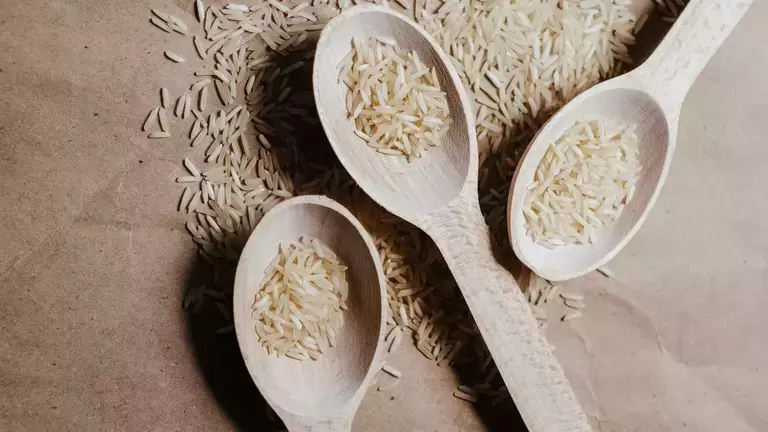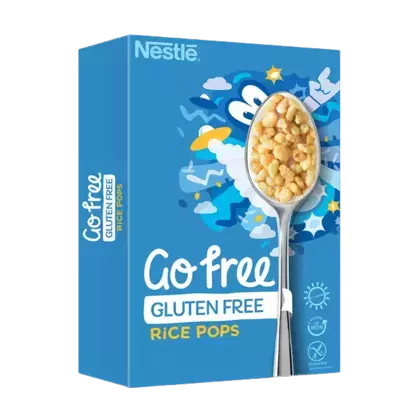Amaranth
Amaranth is a gluten-free grain that has been used for thousands of years and has a rich history on the American continent. Luckily we’re getting a taste of it as well, as it’s becoming more and more popular around the world. It has a distinctive nutty flavour which makes it an instant favourite when you combine it with your gluten free cereals. If you love baking, there’s more to know about amaranth. You can find this grain finely ground and ready to use as a gluten-free flour for amazing gluten-free desserts. Added bonus: you can even have amaranth ‘popcorn’. This grain can be popped just as corn. Is there anything amaranth can’t do?
Buckwheat
If you want a gluten-free grain you can use for almost anything, make sure you add buckwheat to the shopping list. But don’t be fooled by its name. This is not a type of wheat, so there’s no gluten to worry about. You can have it in your cereals, or use it to make show-stopping breakfast waffles or pancakes. Plenty of delicious reasons to get familiar with this amazing grain.
Millet
Another ‘ancient grain’ with a history that goes back thousands of years, millet is a great alternative that will help you replace gluten-containing grains. If you haven’t heard of it before, it might be surprising to find out that Ancient Romans loved it and that it’s even mentioned in the Old Testament. These days it is commonly used as bird food, but it’s increasingly recognised as a great gluten-free replacement for wheat, barley and other gluten-containing grains. It has a mild flavour that might remind you of corn and is a great substitute for couscous. Cereals, salads and side dishes are all happy to accommodate millet as their new gluten-free twist.
Quinoa
One of the most popular gluten-free grains, quinoa can quickly become a staple in any kitchen. You can make quinoa bread and quinoa pancakes. And why not use it for salads or add it to your breakfast cereals to make the most out of this nutty-flavoured grain? But make sure you rinse it thoroughly, otherwise, it might taste too bitter. The great thing about quinoa is that you can find it in many colours and forms, including grain, flour and even pasta. So, you can get quite creative with this little grain.
Sorghum
Another delicious replacement for couscous, the gluten-free sorghum might not be an instantly-recognisable grain, but it’s an excellent ingredient for gluten-free recipes thanks to its mild flavour. You can even pop it much like popcorn or use it to create baking mixes.
Teff
Teff is a staple food in Ethiopia and one of the smallest grains out there, but it’s incredibly versatile. This gluten-free grain is a type of millet and manages to substitute wheat flour so well, you’ll be able to enjoy many of your favourite cakes in a gluten-free version thanks to it. Plus, it’s so tiny that teff makes a great ingredient for porridge and breakfast cereals. Or why not try making the traditional Ethiopian teff flatbread known as injera which is one of the most popular uses of this grain?
Rice
Rice needs no introduction. It’s a staple in so many cuisines around the world that you’ve already probably had your fair share of delicious experiences with this grain. But did you know that it’s also gluten-free? If you want to enjoy it for your breakfast, give our crispy GoFree Rice Pops a go.
Corn
Corn is another gluten-free grain you can add to the shopping list. You can roast it, boil it, grill it. And if you want to update your gluten-free dishes, it’s a great addition to salads and casseroles. There are even a few amazing pie recipes that make corn the main event. Our golden GoFree Corn Flakes are ideal for gluten-free breakfasts and make a wonderful addition to many gluten-free recipes as well.




